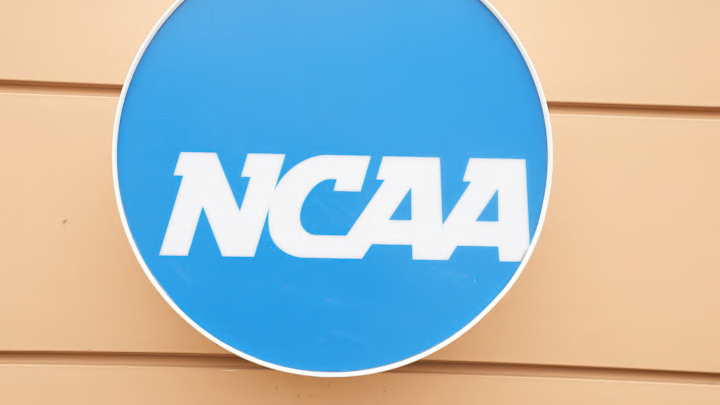Seemingly every offseason recently has seen some major changes hit college football.
Ahead of the 2021 season, NIL and the official one-time free transfer radically changed the world of college athletics. Before the fall of 2022, the NCAA made some updates to the targeting penalty and reduced which players could cut block. Some clock rule changes (most notably, a running clock on first downs before the final 2 minutes) were implemented before this past season, as well, as the NCAA desired to shorten games for "player safety."
Now, heading into 2024, the NCAA is at it again, but this time, they seem to be reversing course from last year's emphasis on shortening games. According to a report (and additional confirmation) from Yahoo Sports' Ross Dellenger, college football will implement a 2-minute warning at the end of each half of football. Part of the new rule changes also include coach-to-helmet communication and allowance for tablet/screen use on the sidelines.
The most impactful of the new rules for college football fans, though, is the 2-minute warning. Considering the posturing for "player safety" with the play-cutting measures from last year, making games longer and adding a play or two to each game would seem to go against that emphasis.
The untold reality of these rules, unfortunately, is that they stem from hope for financial gain. Games were shortened by play length this past year, but the average broadcast length was not any shorter. Why? Because extra commercials (see also: ad revenue) filled the gaps. Adding an extra pseudo-timeout in a 2-minute warning will only open up another opportunity for a commercial break.
The direct line of communication from coaches to quarterbacks through helmet mics will help the game. So will the tablets and screens on the sideline. These other changes, though, are all about money, just like everything else in college football.
